Goshiki Osmanthus (Variegated False Holly) – 2 Gallon Pot
$43.71 Original price was: $43.71.$30.60Current price is: $30.60.
SKU: D2LSC 3625594866 Categories: SHRUBS & BUSHES, Tea Olive
- Experience the difference quality makes.
- Buy with Peace of Mind
- Free Shipping, No Compromise on Quality
- High quality products, hassle-free returns.

Goshiki Variegated Osmanthus
Osmanthus heterophyllus ‘Goshiki’
Plant Details
USDA Plant Hardiness Zones: 6a-9b Find Your Zone
Plant Type: Evergreen Shrub
Height at Maturity: 6-8′
Width at Maturity: 4-5′
Spacing: 3-4′ for solid hedges; 10′ or more for space between plants
Flower Color: White
Flower Size: Small
Flowering Period: Fall
Flower Type: Single in small clusters
Fragrant Flowers: Yes
Foliage Color: White, yellow, burgundy, pink, medium green, and dark green variegation!
Fragrant Foliage: No
Berries: No
Berry Color: NA
Sun Needs: Mostly Sun to Part Shade. In our north central Georgia gardens and other areas that have hot summer climates it performs better when provided some shade or filtered sun during the mid-afternoon hours.
Water Needs: Low when established
Soil Type: Clay (amended), Loam, Sand (amended), Silt
Soil Moisture / Drainage: Well Drained
Soil pH: 5.5 – 7.5 (Moderately Acid to Slightly Alkaline)
Maintenance / Care: Low
Attracts: Visual Attention
Resistances: Deer, Drought (when established), Heat, Humidity, Insect
Description
Truly in a class of its own, Goshiki Osmanthus, also known as Variegated False Holly, is an eyecatching evergreen shrub with radiant variegated leaves of creamy white, yellow and dark mint-green on an upright pyramidal form. What’s more, the new leaves in spring emerge bronze-red to pink for a spectacular show of contrasting color! As with most other Osmanthus, the fall flowers have a fresh, sweet fragrance in the garden. When left to grow natural plants will assume a more pyramidal form, however, with occasional pruning globe and other shapes are possible. This beauty is a must for the gardener that enjoys unique and unusual plants.
Landscape & Garden Uses
With its outstanding color and pyramidal form to 6 to 8 feet tall and 4 to 5 feet wide, the Goshiki Osmanthus is ideal for use as an accent, in groupings, or as a hedge in landscape borders and home foundation plantings. Performs exceptionally well in pots, planters and other containers. A fine addition to fragrance gardens, white theme gardens, holly gardens and Asian gardens.
Suggested Spacing: 3 to 4 feet apart for solid hedges; 10 feet or more apart for space between plants.
Note: For our customers who live and garden North of USDA Cold Hardiness Zone 6a, where this Osmanthus variety is not reliably winter hardy, you’ll be happy to know it can be grown in containers that can be brought indoors during winter and placed back outside when temperatures warm up in spring.
Growing Preferences
Goshiki Variegated Osmanthus is easy to grow in most any moist but well-drained soil of average fertility and full sun to part shade. That said, in our north central Georgia gardens and other areas that have hot summer climates it performs better when provided some shade or filtered sun during the mid-afternoon hours. Maintenance is minimal; requiring little if any pruning to keep its dense, pyramidal form. It’s also disease, fungus, and pest resistant. Constantly soggy or wet soils can be problematic. Just make sure to plant it in a well-drained site.
Helpful Articles
Click on a link below to find helpful advice from our experts on how to plant and care for Osmanthus and False Holly shrubs.
How To Plant A Tea Olive
How To Fertilize A Tea Olive
How To Prune Prune A Tea Olive Shrub Or Tree
Plant Long & Prosper!
Meet The Wilson Brothers & Staff
Questions? Contact Us
The plant delivered appeared to be an excellent specimen, healthy and was packed extremely well for shipping., I was very pleased and would order from the company again. Thank you.———————————————We are so glad you are pleased and we hope you enjoy it for years to come! Thanks for the kind words and great review! 🙂 Beth Steele | WBG
Be the first to review “Goshiki Osmanthus (Variegated False Holly) – 2 Gallon Pot” Cancel reply
Related products
Sale!
Sale!
Sale!
SHRUBS & BUSHES
Sale!
Sale!
SHRUBS & BUSHES
Sale!
SHRUBS & BUSHES
Sale!
Boxwood
Sale!
Hydrangeas

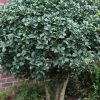
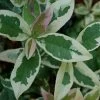
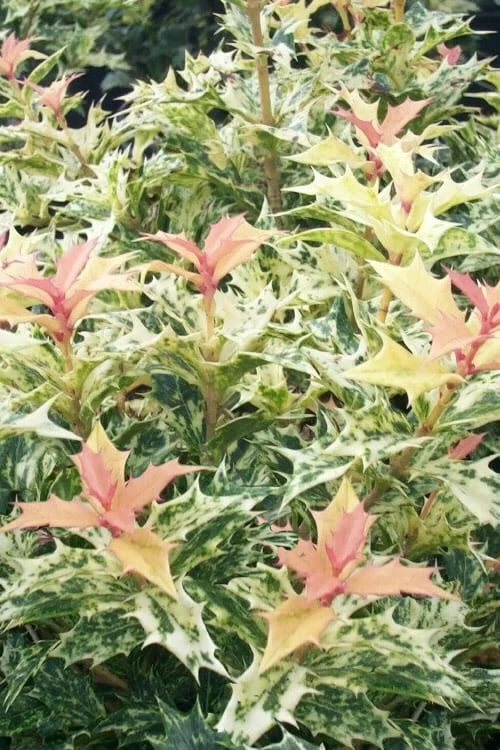



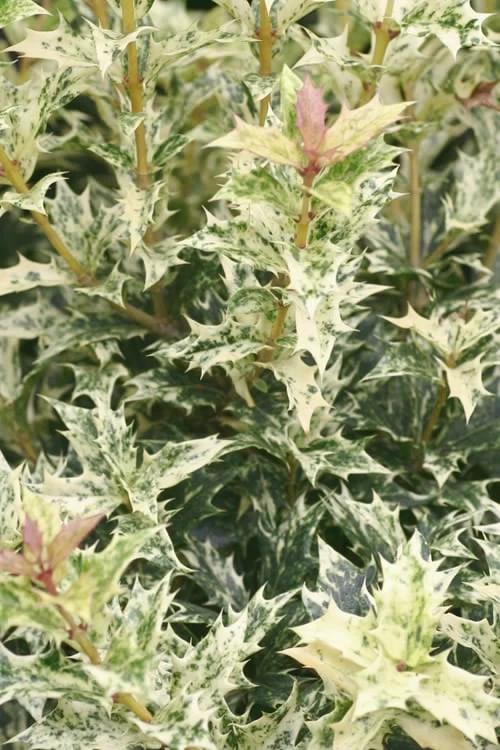



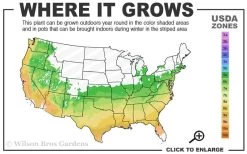



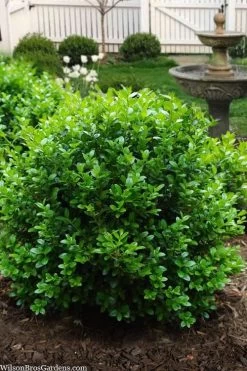

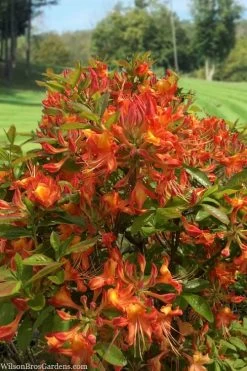



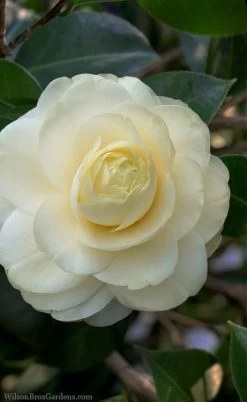

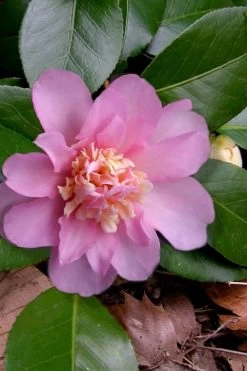
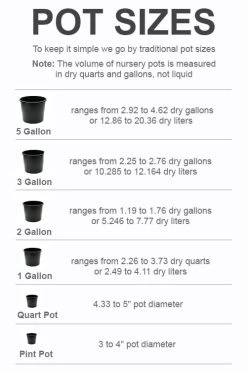
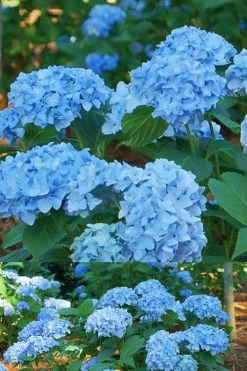

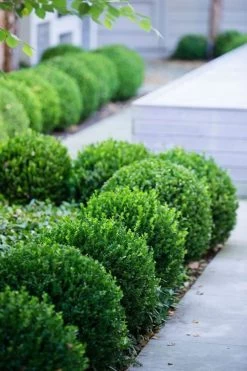

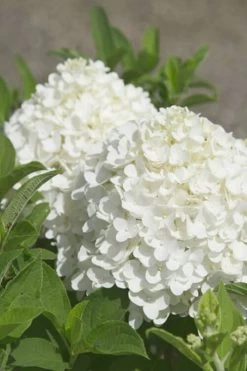

Reviews
There are no reviews yet.